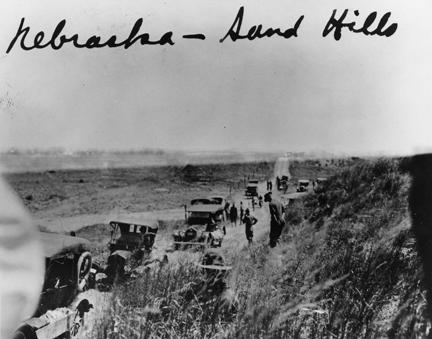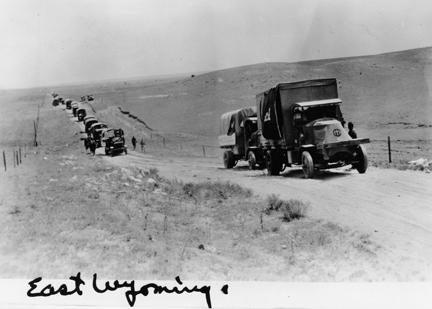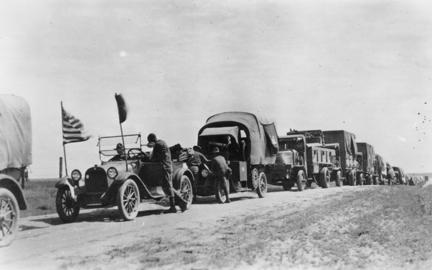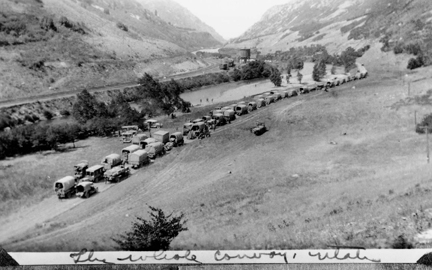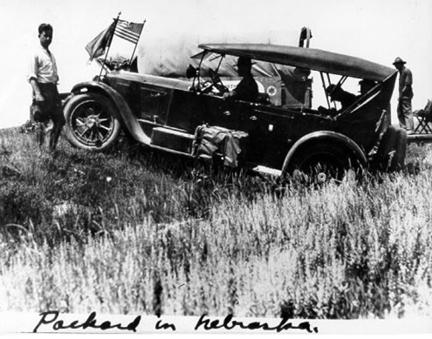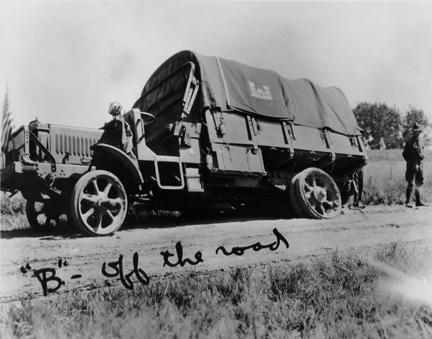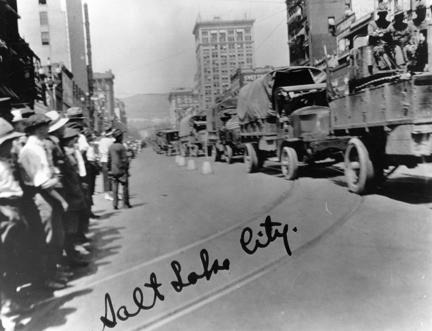This coming Saturday marks the 100th anniversary of the conclusion of a cross country event which helped serve as the inspiration for today’s interstate road system.
In the summer of 1919, a young Lieutenant Colonel named Dwight D. Eisenhower participated in the first Army transcontinental motor convoy. The border to border trek began on July 7th in Washington D.C., and ended on September 7th in San Francisco, California.
According to the Eisenhower Presidential Library and Museum in Abilene, there were several reasons for the convoy. Eisenhower Presidential Library Deputy Director Tim Rives tells KSAL News among other things the convoy was to test the mobility of the military during wartime conditions
The expedition consisted of 81 motorized Army vehicles. It was manned by 24 officers and 258 enlisted men.
As an observer for the War Department, Lt. Col. Eisenhower learned first-hand of the difficulties faced in traveling great distances on roads that were impassable and resulted in frequent breakdowns of the military vehicles.
Rives says there is no doubt the journey, which covered a distance of 3,251 miles in 62 days, was a great adventure.
Rives says the convoy is “remarkably well documented.”
While the convoy was his early inspiration, Eisenhower’s experiences during World War II in Europe, particularly with the Autobahn highway system in Germany, prompted him to champion an interstate highway system in the United States once he became president.
The Eisenhower Presidential Museum has dozens of photographs, journals, and logs from the trip, both at the facility in Abilene and online.
(Eisenhower Presidential Library and Museum archive photos. Click to Enlarge)

